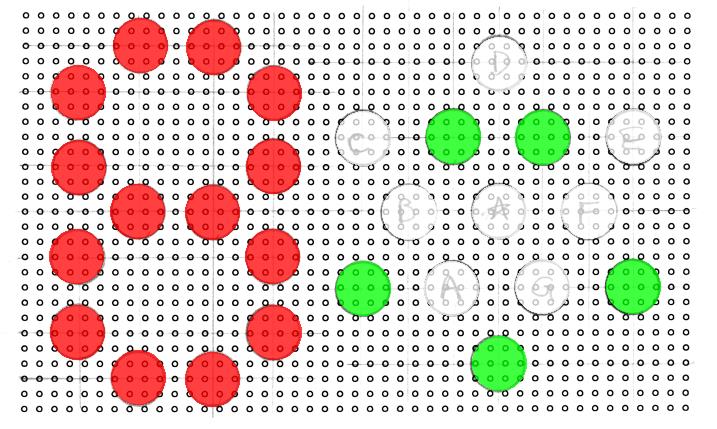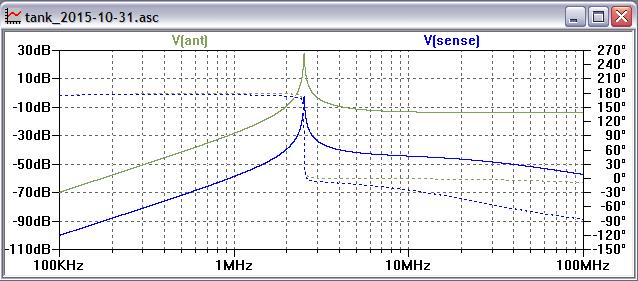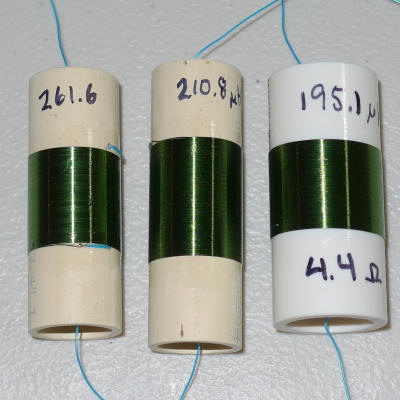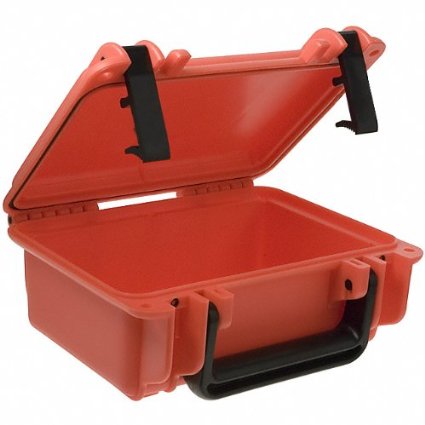Hi Rich,
It's all quite malleable at this point as the first prototypes will be hand wired, but of course one needs an initial goal for the build. LEDs rotating clockwise as the hand moves closer will be my first shot, if that doesn't seem sufficiently useful I'll try other approaches. I do appreciate your ideas along those lines.
My hope is that anyone using my Theremin for the first time will immediately understand how the tuner functions, and find it increasingly useful and so come to rely on it more and more as they play. That's the goal, and if it ends up looking like a turd with a light inside I'll be OK with it as long as it works well ;-). My initial Xilinx board used the short string of tiny LEDs on the protoboard as a tuner and I found even that fairly intuitive, so better arrangements should be able to enhance that.
With the tuner deviating somewhat from keyboard layout instruments (but not necessarily from non-keyboard layout instruments like strings) I find myself edging into the space alternative keyboard people operate in. On the one hand one wants to make playing easier, but that is often traded-off by abandoning hard-won skills people have acquired on traditional instruments. The industry takes no risks it isn't forced to so we end up with the same old tired input devices year in / year out, ironically right when we have the technology and the means to easily try brand new approaches to musical controllers.
Right now there's a bit of wiring to do, and a lot of software to write. I've got a new PLL construct that I'm quite anxious to try out in hardware, particularly with the reciprocal tank - if it works well I'll likely use it for all the sensors. But the software is ditch digging so I keep putting it off. And the LCD interface is so ugly even a mother couldn't love it.










